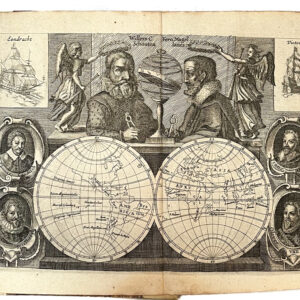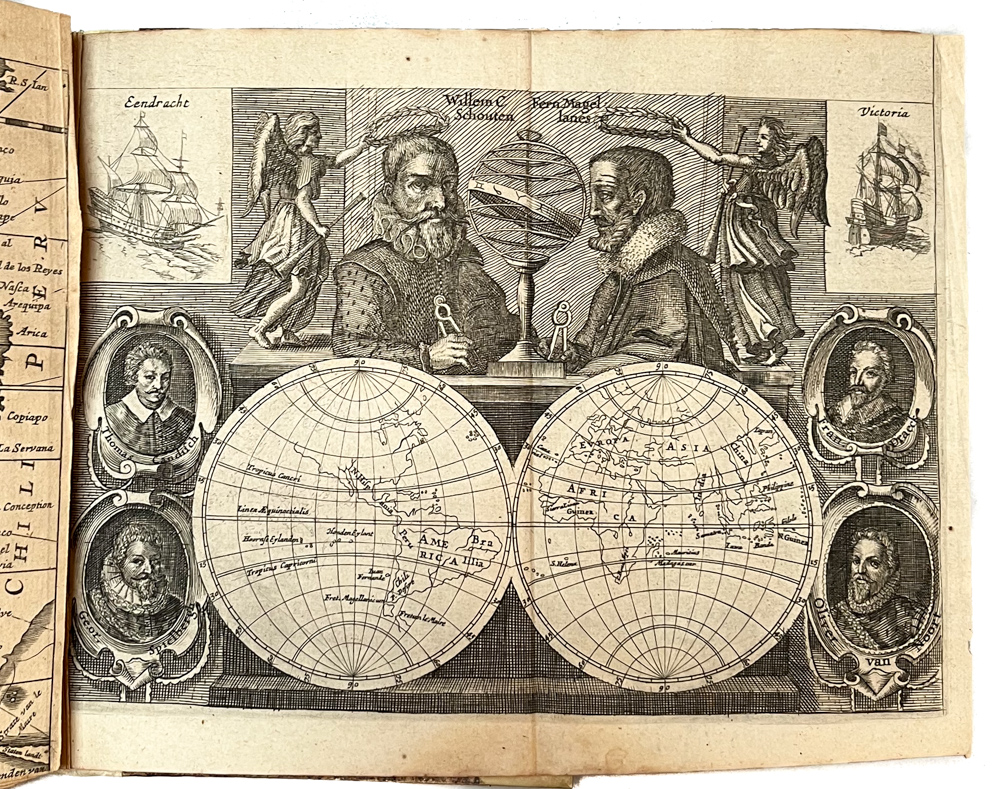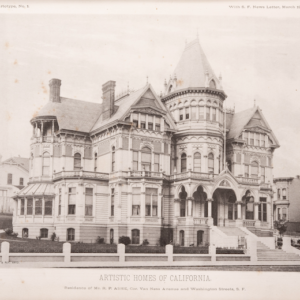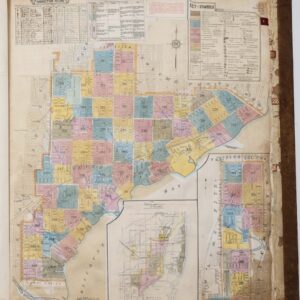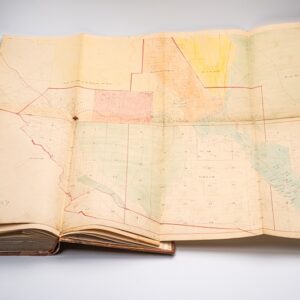Colton’s iconic map of the West, with California Gold region and extended Texas borders.
Map of California, Oregon, Texas, and the territories adjoining, with routes &c.
$1,900
1 in stock
Description
With a keen eye for commercial opportunity in cartography, Colton’s map is among the first truly comprehensive Gold Rush maps made for an American audience.
Joseph Hutchins Colton’s 1849 map of the West constituted a pivotal guide to a region beset by the fervor of gold fever and was hailed as one of the best maps of its time. Stretching from Independence, Missouri, to the Pacific Ocean, this cartographic tour-de-force showcases the United States’ newly acquired territories in the West, with the coveted gold regions vividly highlighted in a yellow hue.
We see the western United States in flux, shortly after the conclusion of the Mexican American War. The borders of Texas extend west to include Santa Fe and Albuquerque, and north into present-day Colorado. The state’s current borders would be established after this map was published as part of the Compromise of 1850. Parts of today’s Oklahoma and Kansas are simply labeled ‘Indian Territory.’ And today’s California, Utah, Nevada, Arizona, and New Mexico all fall under the territorial designation of ‘Upper or New California,’ as their borders would only start to form in subsequent years, starting with California, which achieved statehood in 1850.
GOLD RUSH!
A year before the publication of this map, gold had been discovered at Sutter’s Mill, just outside modern Sacramento. The news sparked such massive interest in America and Europe that it drew thousands upon thousands of new immigrants to California, thus altering its developmental trajectory. The exploding interest often took a very tangible and practical form, which meant that aspects such as ‘how to get there’ became of critical importance. This map was created to satiate that desire by providing specific and functional knowledge on this region. Among its most prized qualities was the delineation of routes to this new promised land.
Colton was hardly the first mapmaker to provide detailed maps of Greater California and Oregon, nor was this the first map to tap into the booming interest of the Gold Rush. However, the map soon proved to be decisive because it amalgamated a number important maps from 1848, including the seminal contributions of military explorer John C. Frémont (Map of Oregon and Upper California From the Surveys of John Charles Frémont), famous American cartographer Henry Schenk Tanner (Map of California New Mexico Texas &c.), and renowned Union General Edward Otho Cresap Ord (Topographical Sketch of the Gold & Quicksilver District of California). One of our map’s most distinctive features – which would be copied ubiquitously from now on – was the yellow marking of California’s so-called Eldorado or Gold Region.
The map was published in J. Quinn Thornton’s landmark guide to the region, Oregon and California in 1848 (published 1849). It features comprehensive network of overland trails, including the famed Oregon Trail, Frémont’s route, and Stephen Kearney’s path from Santa Fe in New Mexico. In doing so, the map offers a detailed guide for ambitious travelers and pioneers to plan out the details of their journey. Another noteworthy aspect meant to support potential immigrants in their planning is the delineation of countless Native American tribes. Their presence on Colton’s map is a testament to the confrontational atmosphere of the period (i.e., the Indian Wars), and not least to the careful attention one had to pay indigenous populations in planning a journey of this magnitude.
An informative table in the upper right-hand corner crowns the map, furnishing viewers with distances from New York and Panama to various vital points in the West. Like the demarcation of routes, this table was essential for prospective emigrants planning their move to California.
This stunning Gold Rush map bears the marks of time but is in great condition and retains its captivating allure. Produced during a transformative era in American history, it is a perfect example of Colton’s cartographic mastery. While it quickly became a standard to which other maps were held, its significance transcends geographical representation, embodying the hopes and dreams embedded in the pursuit of California’s golden promise.
Census
The OCLC notes four editions of this map in 13 different libraries, including Yale University, University of Michigan, Idaho State Archives, and UC Berkeley (no. 36495230). A separately listed and hand-colored edition is held at Brown University (no. 1328798807).
Cartographer(s):
The Colton Mapmaking Company was a prominent family firm of cartographic printers, who in the nineteenth century were leaders in the American map trade. Its founder, Joseph Hutchins Colton (1800-1893), was a Massachusetts native who in 1830 moved to New York City and slowly began setting up his publishing business, which in the beginning drew heavily on licensing maps by established engravers such as David H. Burr, Samuel Stiles & Company, and later Stiles, Sherman & Smith. Smith was a charter member of the American Geographical and Statistical Society, as was John Disturnell. This connection would later benefit Colton, in that it helped him to acquire the rights to several important maps.
By the 1840s, the Colton firm were producing their own maps. They produced anything the markets desired, from massive and impressive wall-maps to pockets guides, folding maps, immigrant guides, and atlases. One of the things that set the Colton company aside from many of its contemporaries in terms of quality, was the insistence that only steel plate engravings be used for Colton maps. These created much more well-defined print lines, allowing even minute features and labels to stand out clearly. By 1850, the Colton firm was one of the primary publishers of guidebooks, immigration itineraries, and railroad maps in America.
In the 1850s, Colton’s two sons, George Woolworth and Charles B., were brought on board to the firm. This inaugurated a process of expansion in which the company began taking international commissions and producing wholly independent maps and charts. From 1850 to the early 1890s, they also published several school atlases and pocket maps. The firm continued until the late 1890s, when it merged with a competitor and then ceased to trade under the name Colton.
Condition Description
Very good. Original outline color.
References
